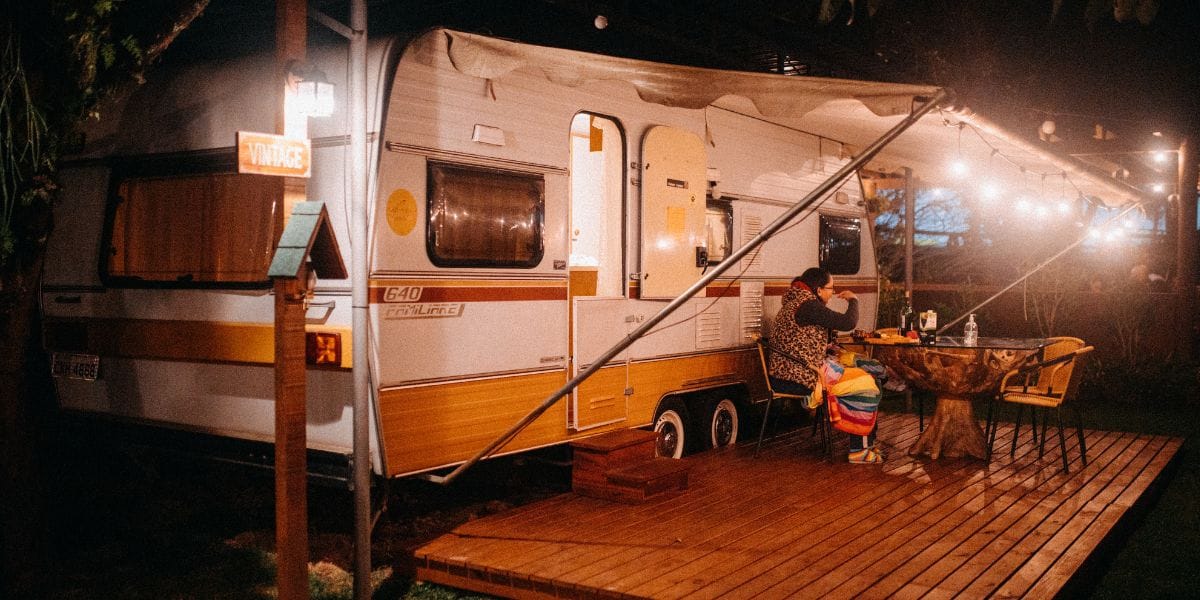One of our Spaceship co-workers recently set out to buy a car.
She learned the two parts to making a successful purchase: being able to afford the upfront costs, and budgeting for running expenses. She tells us about it.
Buying my car was like a road trip
After spending most of 2020 helping our Spaceship customers with their super and investing questions, I managed to achieve one of my own long-held goals — and achieving it was like a road trip. It was less about the destination and more about the route I took.
Last August, I decided to take the plunge and purchase my first car. Given that the majority of Australia was still in a relatively strict state of lockdown, my friends questioned this decision. But to me it seemed like the perfect time.
I quickly realised that because of the restrictions on travel and what seemed like a general attitude against spending in my family, the new and used car markets were being impacted pretty hard, which was pushing down prices.
Even though I didn’t have to travel much further than Woolworths during this time, I did manage to save a fair amount of money to capitalise on this timely opportunity. To achieve my goal, I had to maintain a strict budget (easier said than done) and undertake plenty of research.
These simple steps helped me to achieve a milestone purchase and they may just help you too.
Step one: Understanding my financial situation
Everybody gets the urge to splurge, especially on luxurious goods, but we need to be realistic about how much we can afford to spend (to help avoid serious debt).
To work out what I can afford, I basically calculate how long it will take me to earn back what I spend. I find this an easy rationalisation for most things I buy.
For example, to be willing to spend $15,000 on a car, I’d need to have enough money saved for daily expenses and monthly bills to cover the amount of time it would take me to earn it back. In this particular situation, it was also important to consider the additional costs of owning a car, such as maintenance.
The ongoing cost of owning an item is an important consideration when working out if you can afford to buy it. Whether it's an insurance policy, interest rates on loan repayments or wear and tear upkeep, these costs will be on top of your existing bills for possibly months or years to come.
Once I worked out what I could afford, it was time to compare it to the market and see what my options were before planning a budget.
Step two: Planning my budget
There’s an abundance of budgets online to follow but my personal favorite is the 50/30/20 rule. I have followed this for over a year now and can confirm it’s been very simple and effective for me.
Generally, the idea is 50% of your pay goes into ‘needs’, 30% to ‘wants’ and 20% towards your financial goals. However, the beauty of using this budget is that I could still use it as a guide and change the percentages if I needed.
I knew that time was of the essence with my purchase so I aggressively increased the percentage of my ‘financial goals’ by dipping into the other categories. This was achievable in my circumstances where ‘daily’ activities had been severely cut back. It’s important to remember that paying your ‘needs’ such as debt/bills should always be a priority and you should always look to reduce ‘wants’ first.
The ongoing expenses of your purchase that we touched on before will also be added to your ‘needs’ over time. While budgeting tools are effective to reach a financial goal, they are also helpful to guide your future outlook.
A useful tip is to include a hypothetical cost in your ‘needs’ category such as CTP insurance and see what impact it has on your usual expenses. If it throws your budget dramatically out of balance, then you know that you will need to reassess the amount you're willing to spend on this purchase or reshuffle your percentage allocations in advance of this expense.
I’m also personally a big fan of my bank, which is a neobank that lets its members create new savings accounts based on their specific financial goals. For example, I created a savings account titled ‘new car’ and automatically set a percentage of my pay to go into that account when I was paid by my employer.
Step three: Comparing my options
All praise Vinton Cerf and Bob Kahn for inventing the internet… This is a nice fun fact but seriously, the internet has enabled us to comparison shop and get better deals. With all the options available at our fingertips, it’s critical that we make judgements based on pros and cons.
With big purchases I like to compare by writing a list of pros and cons and reading reviews. This means I’m getting the best bang for my buck and staying within my budget. Websites like Compare the Market are designed to assist shoppers to meet their financial goals. If you’re not making reasonable comparisons, you may find yourself making impulsive purchases or being persuaded by sales reps.
Step four: Sealing the deal
Within just a few months, I had found the right car for me and saved enough money to afford it. Not just at the time of the purchase, but I had considered the affordability of this investment into the future too. This includes the type of petrol required, services, registration and insurance.
When it came to buying the car, I met the seller at his home to drive away with my new, second-hand car. A perk of purchasing directly from a seller was that I could just make a bank transfer, even if I did need to raise the daily spending limit in my account; there were no additional costs included.
Step five: Driving into the future
Even though I have owned my car for just under a year, I still use budget tools for upcoming costs like insurance and CTP.
Instead of having a savings account titled ‘new car’ I have renamed it to the less exciting ‘my car’ but nonetheless, it does the job. I’m able to set money aside for all of those ongoing expenses each pay cycle to ensure I don’t have to dip into my savings and can prepare for the unexpected such as a flat tyre.
After helping Spaceship members use our services to achieve their financial goals, it felt really good to achieve one of my own. I’m confident now that I can achieve future goals. I know I can travel the same route again (with less speed bumps).



